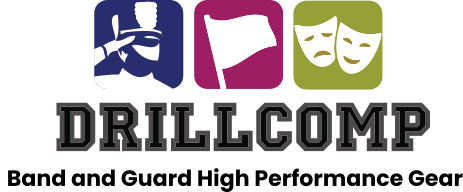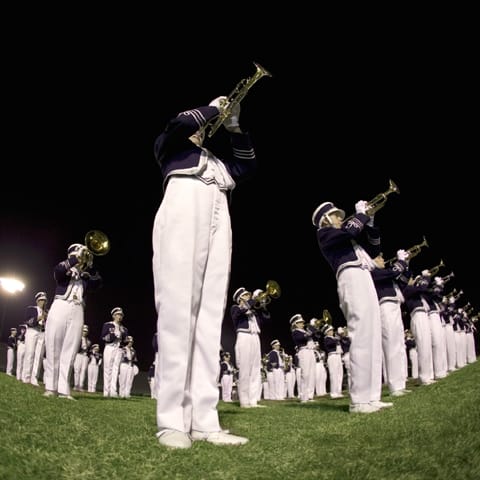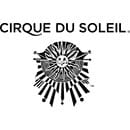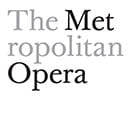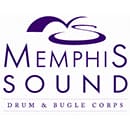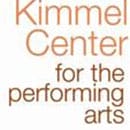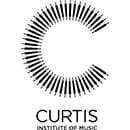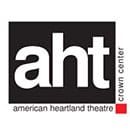Your programs success depends on the mastery of the basics.
Early Summer. School is out and it is the beginning of another exciting marching band season.
Your recruiting is done (see our article on recruiting for next year’s color guard) and you have a group of students who are either returning veterans or brand-new to the activity.
Most schools realize the importance of basics. The first time picking up an instrument. The first time spinning a flag. The first time setting an embouchure and taking a breath.
Basics. They can be boring, repetitive and met with the same enthusiasm some people have toward their least favorite vegetable.
Basics. Everything is based on them.
Basics. The best programs have mastered each of these important, foundational performing exercises.
Basics. So important that many programs overlook them after spending several minutes, hours, days or weeks on them.
“Too much time to teach them”. “Too much music to learn”. “Too much drill to learn”. “Too much choreography to teach”. “They just seem to get in the way”.
Basics.
In the past, when we have designed and consulted for marching band, percussion, indoor and outdoor color guard programs and concert band programs, there is a undeniable correlation of the overall success of the program with their attention to detail in the most fundamental requirements of performing.
Basics.
Too often, it is assumed that these skills should have been mastered quickly so programs can focus on the more important aspects of their performance.
Ironically, the fundamentals that are lost due to a lack of time and commitment are ultimately what keeps an organization from achieving the goal of the best performance that combines both technical proficiency and emotional connection with the audience.
It cannot be emphasized enough that a program that is consistent on all levels ultimately will perform on a consistent basis.
The top drum corps will spend hundreds of hours over almost an entire year on how to breathe and articulate a tone that is rich in timbre, timing and tonality.
Guards will spends months on hand placement, foot placement, body awareness and proper movement and techniques.
Judges will spend countless hours critiquing performances deciding if a group is proficient to achieve a box four score.
Basics.
We have found that attention to detail is a culture that is easy to start and maintain if both the proper techniques are taught and time is allowed each and every time rehearsal is called.
Once these routines are established, there is carry-over from the first rehearsal to the next, the next set to the last, this season to the next.
Our profession is unique requiring mastery of both visual and auditory experiences. You can cover your eyes and evaluate a music performance and watch without audio and be able to critique the overall clarity and timing of an ensemble.
It takes ridiculous, but not impossible, skill to play and march at 180 beats per minute moving across a field controlling both equipment and emotion while executing a complex move.
Yet for some programs, taking time to practice long tones at each practice, matching timbre, stopping on the upbeat of a four count mark time to make sure that both the heel and knee are extended in uniformity can be both challenging and incredibly time consuming.
But if you start small and decide what warmups will maximize the greatest benefits for your performers, you will be on the road to success sooner than later.
You can devote the first 30 minutes of the first rehearsal to posture and breathing. Then move to marching fundamentals and continue the posture conversation and relate it to how to stand and hold the instrument. Only moving and adding additional layers after most of the group has mastered a strong understanding of what is first expected. The next rehearsal, designate 30 minutes with the first 10 minutes reviewing the techniques from the last practice adding a new layer of technique. This helps foster success and confidence in your performers. Do this each rehearsal for the entire season and you will have transformed your program.
Some groups we have initially consulted will demonstrate their basic programs for several minutes all the way up to an hour or so to showcase their student knowledge. Unfortunately, it is equally detrimental to rehearse incorrect fundamentals or not work on them at all. Some programs will spend hours just running through notes and drill. Never stopping and addressing musical and visual fundamentals. Try to avoid this trap at all costs. Repetition alone does not result in the desired outcome without accurate and constructive input. Proper technique is key.
The ability to stop a rehearsal and know how and when to correct a fundamental is the heart of what we do. This helps students and programs grow to maximize their potential.
Positive. Constructive. Model what you expect. Play that note. Spin that flag. Dance that phrase. Show what is expected and that it is rooted in proper mechanics. Some instructors have great passion but may need to watch someone with more performing and instructing experience to know how and when to fix something.
Remember, it all comes down to basics. It is kind of basic. Happy rehearsing and enjoy the journey with your staff and students.
